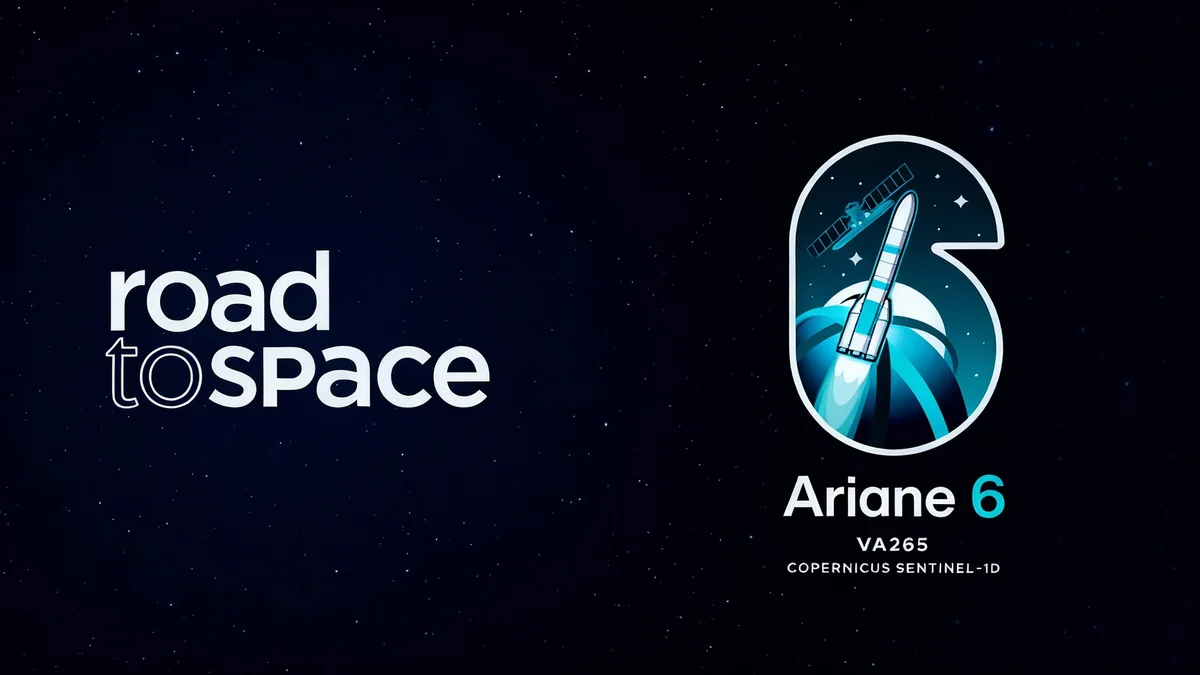A team of students from Durham University has successfully designed, built, and tested a sophisticated liquid-propellant rocket engine as part of a national competition aimed at fostering the next generation of UK aerospace talent. The project, supported by mentorship from an engineer at Lockheed Martin, highlights a growing collaboration between academia and industry to bolster the UK's space sector.
The student-led team developed a 3D-printed, regeneratively cooled engine that achieved significant performance milestones during testing, despite encountering a late-stage technical issue. The experience is being hailed as a crucial hands-on learning opportunity, preparing young engineers for complex real-world challenges.
Key Takeaways
- Durham University's Spaceflight team designed and built a liquid bipropellant rocket engine for the Race2Space competition.
- The project was mentored by a systems engineer from Lockheed Martin, a sponsor of the initiative.
- The 3D-printed aluminum alloy engine achieved a peak thrust of 5.7 kilonewtons (kN).
- Despite a partial injector melt, the team gathered valuable data and demonstrated resilience, planning an improved design for next year.
- The initiative aims to create a pipeline of skilled engineers for the growing UK space industry.
Fostering the UK's Future in Space
The United Kingdom's space sector is expanding, creating a demand for skilled engineers and technicians. To meet this need, initiatives like the Race2Space competition have been established to provide university students with practical experience in rocket propulsion technology. Sponsored by aerospace and technology company Lockheed Martin, the program connects student teams with industry professionals who provide guidance and mentorship.
This year, Durham University's Spaceflight team took on the challenge of creating a high-altitude rocket powered by a liquid rocket engine. This is a significant undertaking that moves beyond simpler solid-fuel rockets often seen at the university level. The project required the students to navigate complex design, manufacturing, and testing processes.
Ryan, a Systems Engineer at Lockheed Martin, was assigned as the team's mentor. He worked closely with the students throughout the year, offering his professional expertise. "It’s really important to me that I’m able to help future talent realise the opportunities and careers that STEM can lead to," he stated, reflecting on his own journey through an early careers program.
The Technical Challenge of a Liquid Engine
The engine developed by the Durham team was a notable feat of engineering. Unlike solid-fuel rockets, liquid-propellant engines offer greater control but present more complex design challenges. The students opted for a pressure-fed, liquid bipropellant system, a sophisticated design choice for an academic project.
Engine Specifications
- Propellants: Isopropyl Alcohol (fuel) & Nitrous Oxide (oxidizer)
- Manufacturing: 3D printed from Aluminium Alloy AlSi10Mg
- Cooling: Regeneratively cooled cycle
- Injector: Impinging triplet design
The use of 3D printing, specifically with the AlSi10Mg aluminum alloy, allowed for the creation of intricate internal channels necessary for the regenerative cooling system. This system routes one of the propellants around the combustion chamber to cool it before it is injected, a technique used in many professional-grade rocket engines.
Guidance Through Complexity
Throughout the design phase, the mentorship from Lockheed Martin proved invaluable. Ryan collaborated with the team's Propulsion Lead and Aerostructures Engineers on critical decisions. Discussions covered topics from the specifics of injector design to ensuring the aerodynamic stability of the final rocket assembly.
This direct access to an industry professional gave the students insights that are not typically available in a classroom setting. It allowed them to bridge the gap between theoretical knowledge and practical application, a key goal of the Race2Space initiative.
Performance Under Pressure
The culmination of the team's year-long effort was the engine test, which took place as part of a national event. The engine's performance was impressive, reaching a peak thrust of 5.7 kilonewtons (kN) and a peak specific impulse of 194 seconds. Specific impulse is a measure of how efficiently a rocket engine creates thrust.
Furthermore, the engine demonstrated a Cstar injector efficiency of 93% during its steady state burn. This metric indicates how effectively the propellants were mixed and combusted inside the chamber, with the team's result being exceptionally high for a student-built engine.
"The team have shown resilience and a keen desire to learn from their experiences. I am confident that next year's iteration will be even more advanced."
However, the test was not without its challenges. Towards the end of the burn, the injector partially melted. This caused a rapid change in the flow of the oxidizer, shifting the combustion from a fuel-rich to an oxidizer-rich mixture. This, in turn, led to an unplanned increase in combustion pressure and temperature.
While a setback, the failure provided a critical learning opportunity. Analyzing what went wrong is a fundamental part of the engineering process. The team is already using the data to design a more robust injector for their next engine, one less susceptible to temperature-related issues.
A National Gathering of Innovators
The competition concluded with a symposium at the Wescott Innovation Centre, a hub for UK space technology. The event brought together over 300 people from industry and academia to discuss the future of the nation's space sector. As part of the symposium, NASA Astronaut Daniel Tani delivered an inspirational talk about his time on the International Space Station. Across all participating student teams, the competition facilitated over 40 days of testing, resulting in 60 hot fires and a total impulse of 700,000 newton-seconds.
Building a Talent Pipeline
The Durham team's experience underscores the success of the mentorship model. The project was not just about building an engine; it was about building engineers. The students gained hands-on experience in design, manufacturing, testing, and failure analysis—skills that are directly transferable to careers in the aerospace industry.
The cycle of mentorship is also continuing. Inspired by their experience, members of the Durham University Spaceflight team are now mentoring younger aspiring engineers, aged 11-18. This creates a cascading effect, fostering interest in STEM subjects from a young age and building a robust talent pipeline for the future.
As the UK continues to expand its role in the global space economy, programs like Race2Space are becoming essential. They ensure that the country has a steady supply of innovative and resilient engineers ready to tackle the next generation of aerospace challenges.





